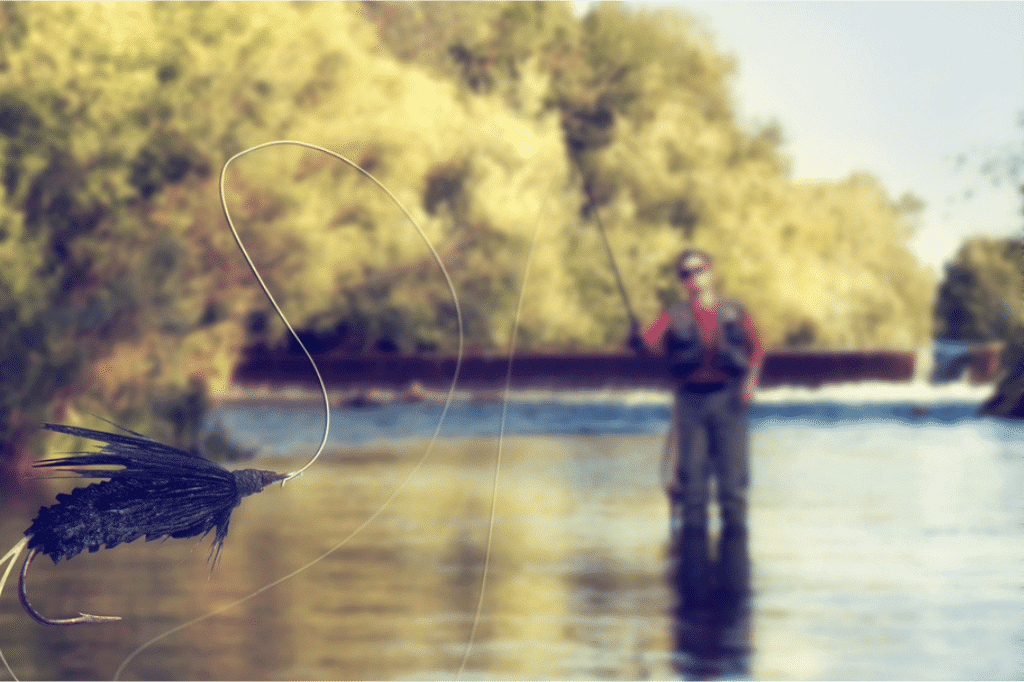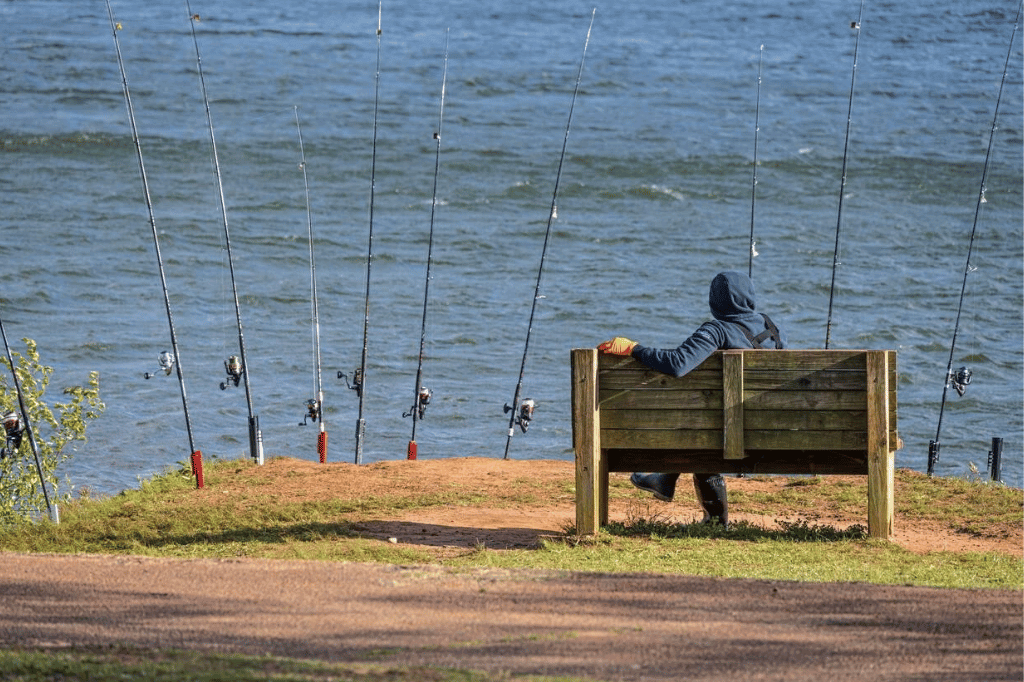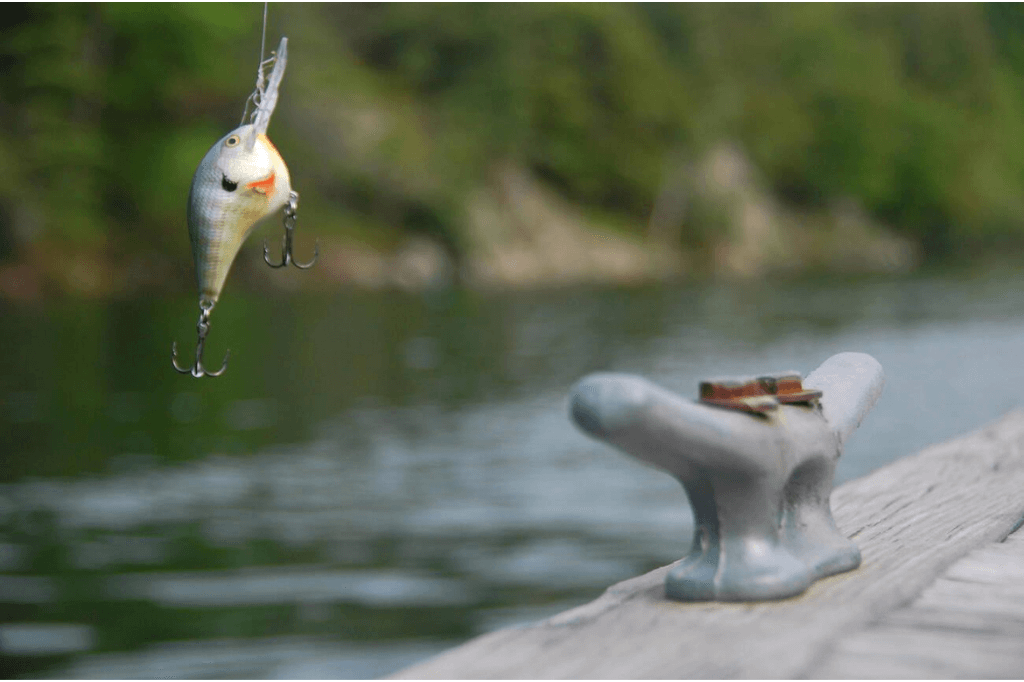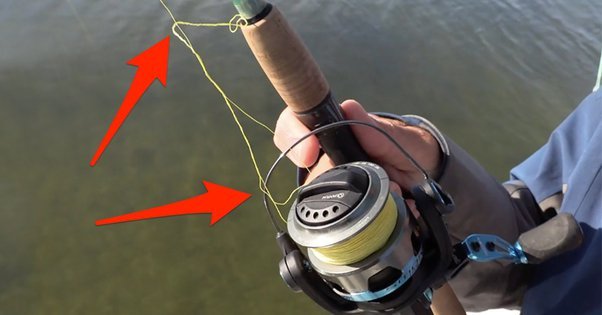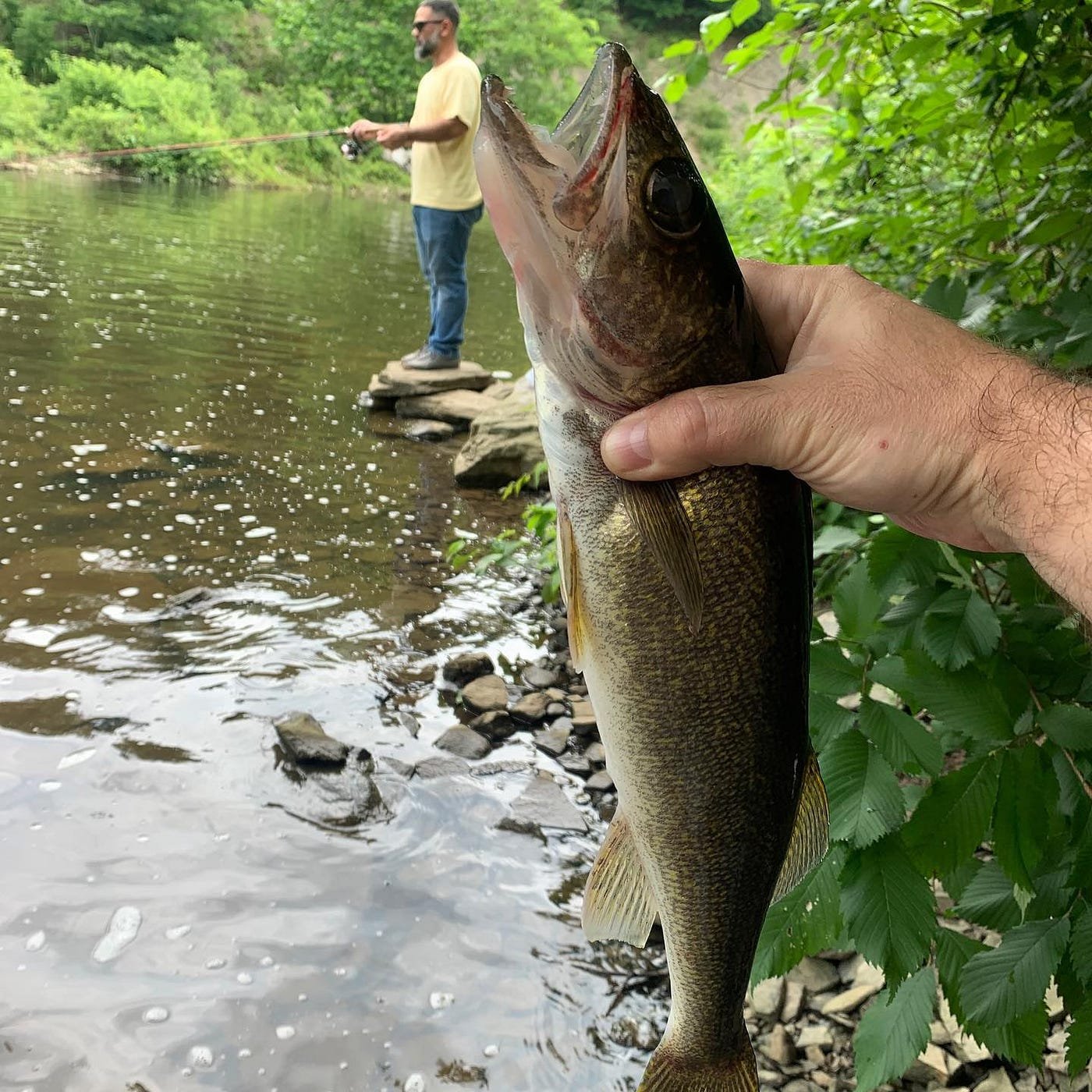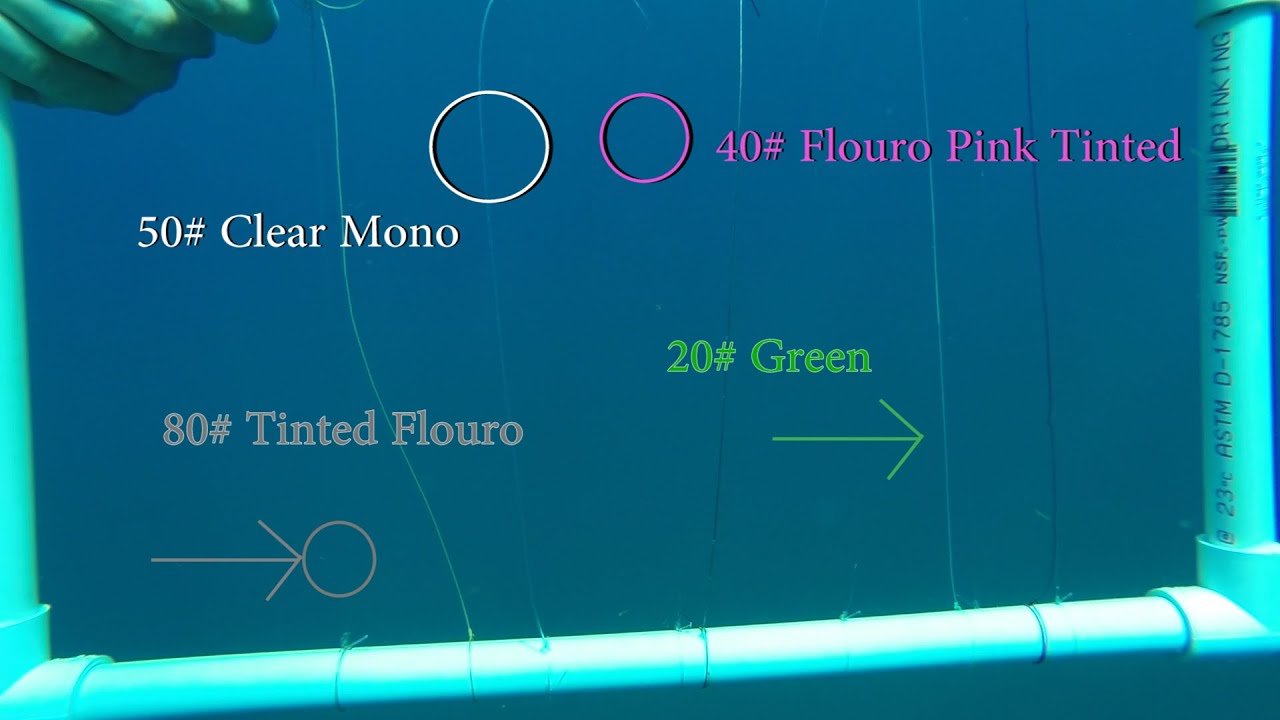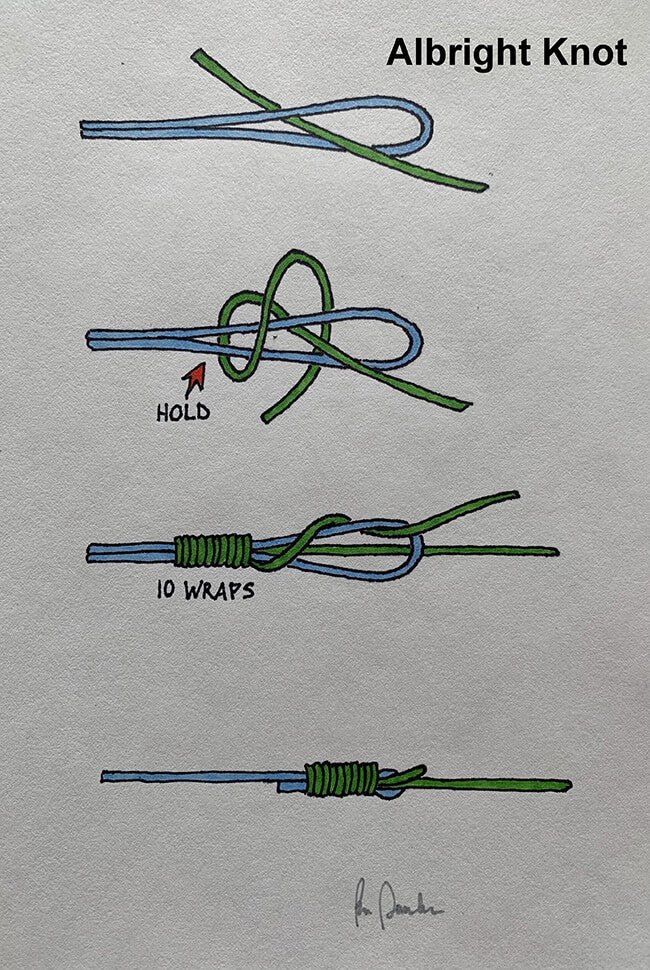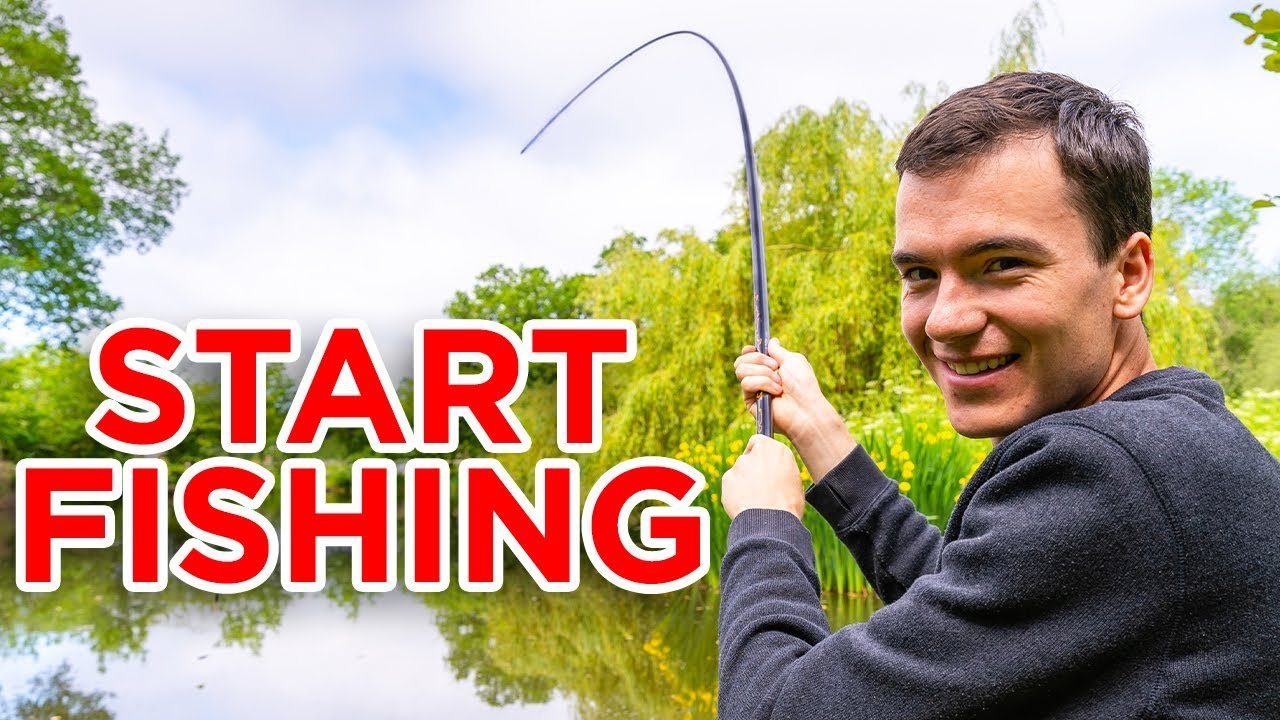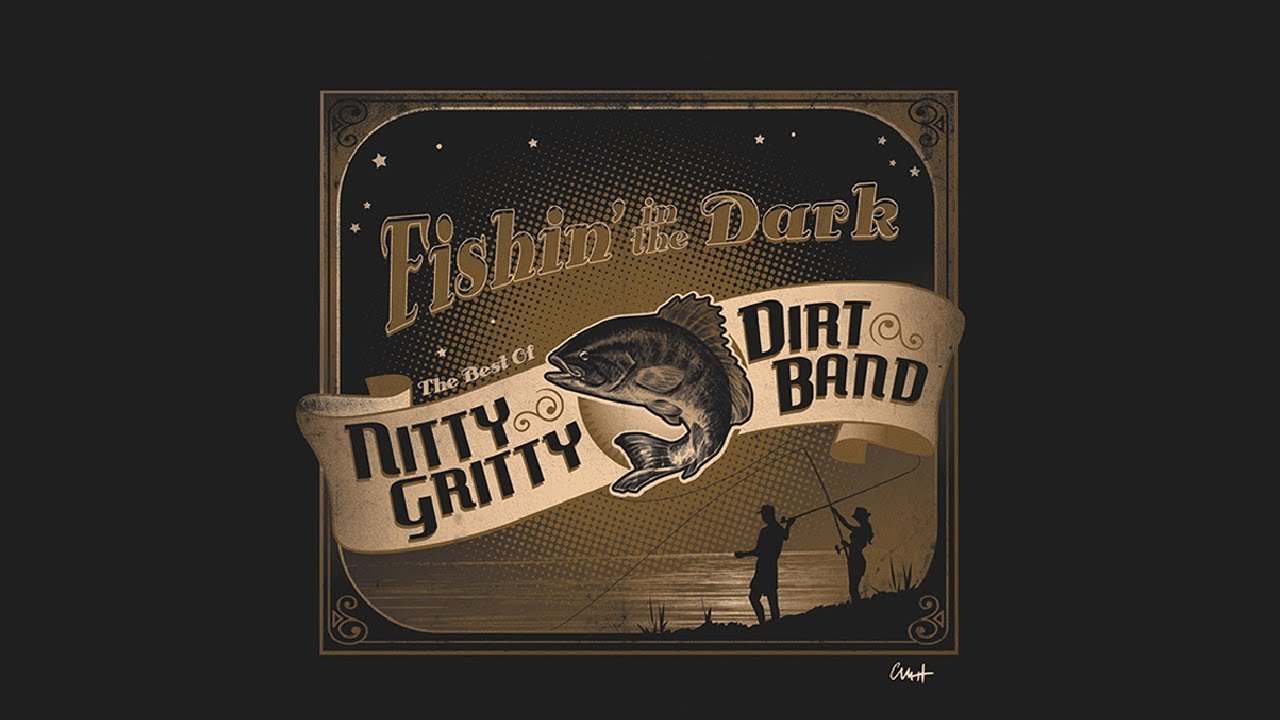Mastering the art of crankbait fishing can significantly enhance your angling experience. This lure, a staple in many anglers’ tackle boxes, is designed to mimic the movement and appearance of small fish, making it irresistible to predatory species. As you cast your crankbait into the water, the key is to retrieve it in such a way that it swims through the water with an appealing wobble and dive.
The right rod, reel, and line combination will make a difference, as will your ability to read the water and structure to find where fish are likely to strike. By paying attention to these details and practicing your technique, you can increase your chances of a successful catch with a crankbait.
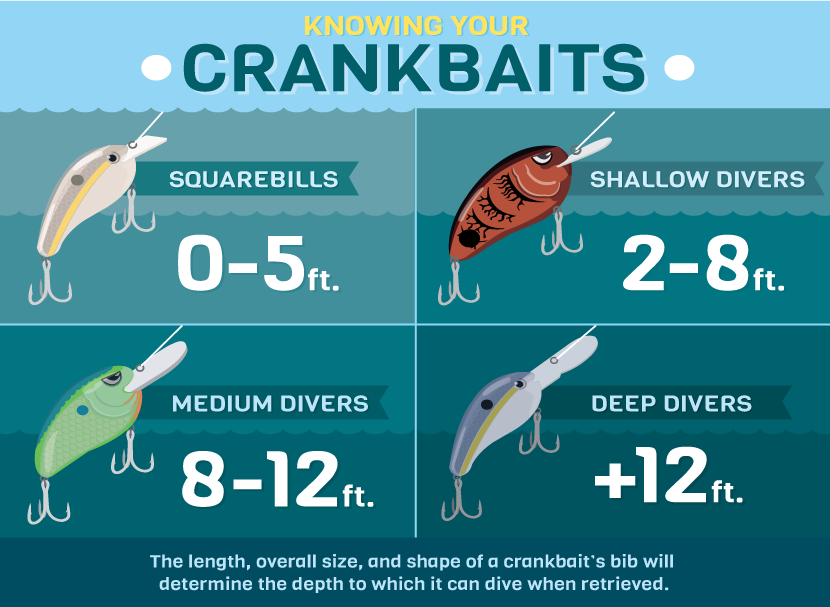
Introduction How to Fish a Crankbait
Crankbait fishing is a technique every angler should master. It combines excitement with effectiveness. This method uses a specific type of lure, the crankbait, known for its versatility and ability to attract various fish species. Whether in deep or shallow waters, crankbaits can be incredibly successful for catching bass and other game fish.
The Allure Of How To Fish A Crankbait
Crankbaits are designed to mimic the movement and appearance of small fish. Their vibrant colors, reflective surfaces, and wobbling action make them irresistible to predatory fish. With a range of sizes and shapes, there’s a crankbait suitable for nearly every fishing scenario.
Key Benefits For Anglers
- Versatility: Suitable for various water conditions.
- Attractive Action: Wobbling motion mimics live bait.
- Depth Control: Dive to predetermined depths easily.
- User-Friendly: Simple to cast and retrieve.
Choosing The Right Crankbait
Mastering the art of using crankbaits can transform an average day on the water into an exceptional fishing adventure. The key to success lies in selecting the perfect lure. With a plethora of options, choosing the right crankbait is critical.
Types Of Crankbaits
Various crankbait designs cater to different fishing conditions. Understanding the distinct types helps anglers match their lure to the target depth and behavior of fish.
- Lipless Crankbaits: Ideal for exploring various depths quickly.
- Shallow Divers: Perfect for water less than five feet deep.
- Medium Divers: Hit the sweet spot between 5 to 12 feet.
- Deep Divers: Designed to reach depths beyond 12 feet.
Selecting The Best Color And Size
Color and size play a pivotal role in crankbait fishing. Fish react to these features based on water clarity and prey size.
| Water Clarity | Recommended Color | Prey Size | Recommended Crankbait Size |
|---|---|---|---|
| Clear | Natural, subtle hues | Small | Compact |
| Murky | Bright, vibrant colors | Large | Bigger |
Match the crankbait color to the natural prey in the area. In clear water, use natural colors like green or brown. In stained or murky waters, opt for bright colors to stand out.
Size matters. Match the hatch by choosing a crankbait that mimics the local forage size. This encourages fish to strike.
Essential Gear And Tackle
Essential Gear and Tackle form the backbone of successful crankbait fishing. The right combination of rod, reel, and line can make a significant difference. It ensures precision in casting and the subtlety needed to entice fish. Let’s dive into the specifics of the gear that will set you up for a great day on the water.
Rod And Reel Combos
Selecting the perfect rod and reel combo is crucial for crankbait fishing. A medium to medium-heavy rod with moderate action works best. It gives the right flex for casting lures and the backbone to fight fish. Pair it with a reel with a high gear ratio for quick retrieves. This combination allows for efficient casting and control over the crankbait.
| Rod Type | Reel Gear Ratio |
|---|---|
| Medium-Heavy | 6.4:1 to 7.1:1 |
| Medium | 5.4:1 to 6.3:1 |
Line Selection For Optimal Performance
The line is your direct connection to the fish. Monofilament lines float and are ideal for shallow-running crankbaits. Fluorocarbon lines sink slowly, perfect for deeper waters. They also offer invisibility under water and less stretch for better hook sets. Choose a line that matches the depth where you plan to fish and the weight of your crankbait.
- Monofilament – Best for surface to shallow water
- Fluorocarbon – Ideal for medium to deep water
Casting Techniques For How To Fish A Crankbait
Mastering different casting techniques is key to successful crankbait fishing. Each method offers unique benefits, depending on the water conditions and the fish you’re targeting.
Mastering The Overhand Cast
The overhand cast is perfect for distance and power. Here are some steps to perfect it:
- Position your feet shoulder-width apart for balance.
- Hold your rod at a 45-degree angle.
- Swing the rod backward, then swiftly forward.
- Release the line at the top of your cast to send the crankbait flying.
This technique works best in open water where you need to cover a large area.
The Precision Of Underhand And Sidearm Casts
Underhand and sidearm casts are great for precision and control.
- Underhand casts are ideal for low clearances like docks and foliage.
- Sidearm casts give control and accuracy along the water’s edge.
To perform these casts:
- Keep your elbow close to your body.
- Swing the rod horizontally, either from the side or below.
- Release your line smoothly to send your crankbait to the target.
Practice these techniques to enhance your fishing game.
Retrieval Methods For Maximum Impact
Retrieval Methods for Maximum Impact are key when fishing with crankbaits. Understanding the right way to reel in your lure makes all the difference. Let’s dive into techniques that turn an average cast into a fish-catching success.
Steady Retrieve Vs. Stop-and-go
A steady retrieve is all about consistency. Keep the crankbait moving at a constant speed. This method mimics the smooth swimming of a baitfish. It works well in clear water where fish can spot prey from a distance.
On the other hand, stop-and-go adds sudden pauses. This mimics an injured fish. It often triggers strikes from predatory fish. Alternate between reeling in a few turns and stopping abruptly. This technique is perfect when fish need extra enticement to bite.
Creating Irresistible Action
- Vary your speed: Start fast, then slow down, and speed up again. Fish can’t resist this changing pace.
- Use rod twitches: A quick twitch can bring your crankbait to life. It looks like a darting fish.
- Contact the bottom: Let your crankbait bump against the lakebed. It stirs up debris and grabs attention.
Combine these actions with your retrieval methods. A twitch during a steady retrieve or a bump on a stop-and-go can be magic. It’s all about the right move at the right time. Try these tricks and watch your catch rate soar.
Understanding Crankbait Depth And Movement
Mastering the art of using a crankbait can turn an average day on the water into a memorable fishing trip. Understanding how depth and movement affect your crankbait’s performance is key to enticing those elusive fish. Let’s dive into the details.
Diving Depth Explained
The diving depth of a crankbait determines how deep it can swim underwater. This depth is influenced by several factors:
- Bill size and shape: Larger bills make the bait dive deeper.
- Line length: More line out equals deeper dives.
- Line thickness: Thinner line allows deeper diving.
- Weight: Heavier baits can reach greater depths.
Choose the right crankbait to match the depth where fish are swimming. Use a short-bill crankbait for shallow water and a long-bill for deeper areas.
Adjusting Action For Different Conditions
Different water conditions call for different crankbait actions. Adjust your bait to match the environment:
| Condition | Action |
|---|---|
| Clear Water | Tight, subtle wobble |
| Murky Water | Bold, wide movement |
| Warm Water | Fast, aggressive retrieve |
| Cold Water | Slow, methodical approach |
Match your retrieve speed and rod action to the water’s condition. Speed up in warm water, slow down in cold water.
Strategies For Different Water Conditions
Mastering crankbait tactics can elevate your fishing game, especially when adapting to different water conditions. Whether dealing with crystal clear lakes or murky ponds, the right strategies can make a significant difference. Let’s dive into the specifics of fishing crankbaits in varying aquatic environments.
Crankbait Tactics For Clear Water
Clear water fishing demands stealth and precision. Here are key tactics:
- Use natural colors: Opt for crankbaits that mimic the local fish.
- Long casts are crucial: They reduce fish scare and increase reach.
- Light lines work best: They are less visible underwater.
Timing is everything. Early mornings or late evenings are ideal as the light is low.
Adapting To Murky Water Scenarios
Murky water requires different tactics to entice fish:
- Bright and loud crankbaits stand out in low visibility.
- Slow down your retrieve: Give fish time to locate the bait.
- Vary your retrieval speed: It triggers more bites.
Feel the vibration of your crankbait. This helps in tracking its path.
Troubleshooting Common Crankbait Challenges
Fishing with crankbaits is an exciting way to catch bass, but it comes with its own set of challenges. Let’s tackle the most common issues anglers face and keep those lines tight.
Dealing With Snags And Weeds
Snags and weeds can turn a good day fishing sour. Here’s how to deal with them:
- Go slow: Reduce retrieval speed near known snags.
- Use the right angle: Cast past the snag and work around it.
- Choose weedless: Opt for crankbaits with a weedless design.
Remember, a steady hand and a keen eye for underwater structure will save your lure from getting caught.
Tuning Your Crankbait For Better Performance
For optimal performance, your crankbait must swim straight and true. Follow these steps to tune it:
- Check the lure: Ensure it’s free of damage.
- Adjust the eyelet: Bend it gently with pliers to correct the swim.
- Test: Cast the crankbait and observe its movement.
A well-tuned crankbait means more strikes and more fish in the boat.
Advanced Crankbait Tips
Mastering crankbait techniques elevates your fishing game to new heights. Whether you’re chasing bass or pike, understanding the nuances of crankbait fishing can make all the difference. Let’s dive into some advanced tips that will help you hook more fish.
Seasonal Strategies For Crankbait Fishing
Fish behavior changes with the seasons. Tailor your crankbait approach to match these patterns:
- Spring: Use shallow divers near warmer inlets.
- Summer: Target deep structures with deeper divers.
- Fall: Speed up retrieves as fish bulk up for winter.
- Winter: Slow down, fish deep, and choose muted colors.
Pro Angler Insights
Learn from the best to improve your crankbait fishing:
| Pro Tip | Explanation |
|---|---|
| Match the Hatch | Choose colors and sizes that mimic local prey. |
| Pause and Jerk | Pausing can provoke strikes from following fish. |
| Use the Right Gear | Select rods, reels, and lines suited for crankbait. |
| Monitor the Weather | Barometric pressure affects fish activity. |
Combine these advanced strategies with practice, and your crankbait fishing will surely thrive.
Conservation And Ethical Practices For How to Fish a Crankbait
Mastering the art of fishing with a crankbait is not just about the thrill of the catch. It’s also about respecting the environment and the fish. This section focuses on how anglers can enjoy their sport while ensuring the future of fishing for generations to come. Let’s explore how to do this through catch and release techniques and maintaining sustainable fisheries.
Catch And Release Techniques
Proper catch and release methods help ensure fish survival. Here are some tips:
- Use the right gear: Opt for barbless hooks to make the release easier.
- Handle with care: Wet your hands before touching the fish to protect its slime coat.
- Quick release: Remove the hook quickly and gently to reduce stress on the fish.
- Support the fish: Hold the fish horizontally and support its belly if needed.
- Revive if necessary: Gently move the fish back and forth in the water to help it breathe.
Maintaining Sustainable Fisheries
Sustainable practices ensure that fish populations stay healthy. Here’s how anglers can contribute:
- Follow regulations: Always adhere to size and bag limits set by local authorities.
- Choose the right time: Avoid fishing during spawning seasons to protect fish eggs.
- Report catches: Share data with fisheries to help manage fish stocks effectively.
- Practice selective harvesting: Keep only what you need and release the rest.
- Spread awareness: Teach others about sustainable fishing methods.
Frequently Asked Questions
What Is The Best Way To Fish A Crankbait?
Choose the right crankbait for the water depth you’re fishing. Cast beyond your target area, and reel in with a steady motion. Vary your retrieval speed to mimic live bait. Keep your rod tip low to deepen the dive. Regularly check hooks for sharpness to ensure a good hookset.
When To Throw Crankbaits?
Throw crankbaits during pre-spawn and fall for bass, in murky water for visibility, and when fish are active in shallow to mid-depths. Use them around structures like rocks and timber to entice bites.
Do Crankbaits Have To Hit The Bottom?
Crankbaits do not necessarily have to hit the bottom. Their effectiveness can come from swimming action at varied depths, depending on the fish you’re targeting.
How Fast Should You Reel A Crankbait?
Reel speed for a crankbait varies based on the desired depth and water temperature. Generally, a moderate pace works best, allowing the lure to wiggle effectively and attract fish. Adjust your speed to match fish activity and environmental conditions for optimal results.
Conclusion:How to Fish a Crankbait: Lure in Success
Mastering the art of fishing with a crankbait can significantly enhance your angling adventures. Remember, choosing the right crankbait and refining your retrieval technique are key. With practice, you’ll enjoy more successful fishing trips and potentially more impressive catches. Happy fishing, and tight lines!















